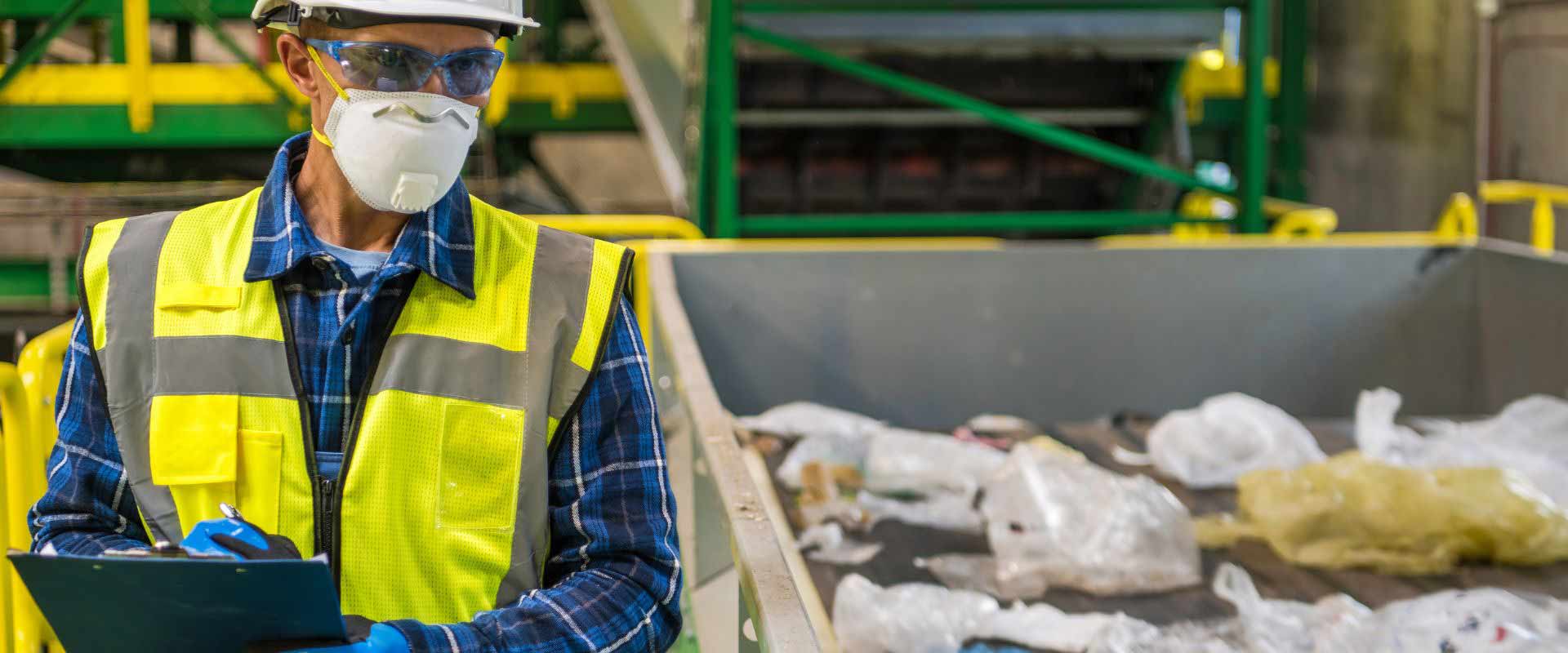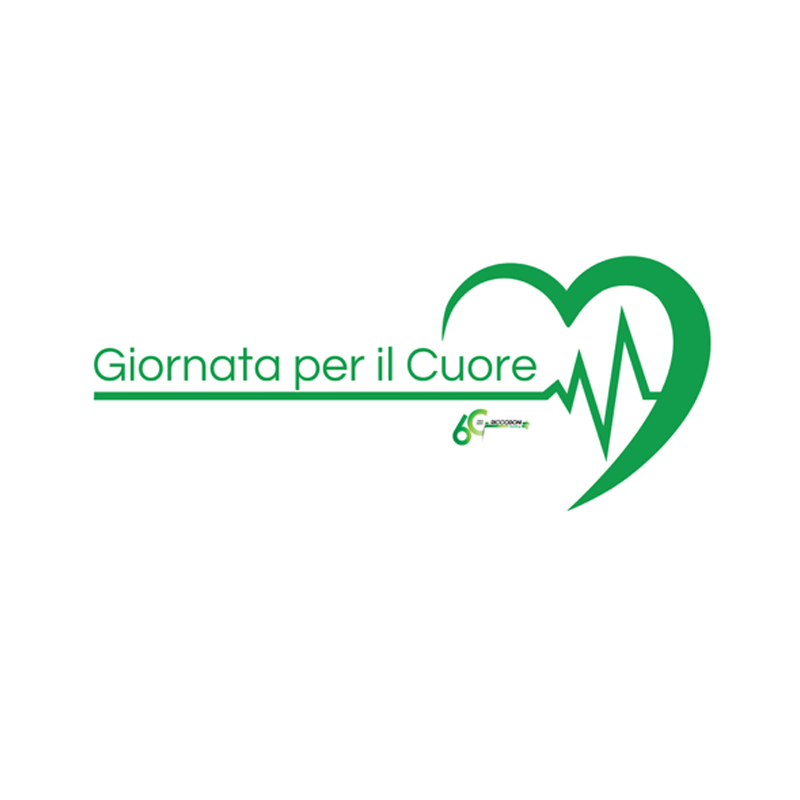ISPRA special waste report 2024
ISPRA recently published the twenty-third edition of its “Special Waste Report 2024”. Italian national production of special waste has been calculated based on the information in the Environmental Declaration Form databases relating to the annual statements produced in accordance with industry legislation.
The data refers to 2022 and has been taken from the declarations submitted in 2023 pursuant to the DPCM of 3 February 2023.
Similarly to previous editions of the Report, the Environmental Declaration Form database was cleaned up, involving any necessary checks of measurement unit errors, double declarations and discrepancies between data sheets and forms, but this clean-up also involved excluding any waste produced by non-household users from the total quantities generated, which is defined similar to municipal waste under existing legislation.
However, quantities of special waste resulting from the treatment of municipal waste were included, which are identified with the codes in Chapter 19 of the European Waste Catalogue, the management of which is accounted for in the cycle of municipal waste management.
Finally, data on waste identified by the EWC codes 191307* and 191308, resulting from groundwater reclamation of industrial sites undergoing clean-ups, was only included in the waste production data if it was treated off-site without any collection systems.
The production of special waste in Italy
In 2022, the conflict in Ukraine and the energy crisis had a negative effect on the Italian economy, causing less special waste to produced compared with 2021. Industrial, commercial and craft activities as well as services, waste treatment and environmental remediation generated a total of 161.4 million tons of special waste, reporting a fall of 2.1%, equating to over 3.4 million tons less than the previous year.
The data shows that, once again, the construction and demolition sector was the biggest overall producer of special waste, with almost 80.8 million tons, contributing 50% of the total waste generated.
Non-hazardous waste, accounting for 93.8% of the total waste produced, fell by 2.7 million tons (-1.8%), while hazardous waste followed the same trend, decreasing by almost 680,000 tons (-6.4%).
The overall data shows that non-hazardous special waste accounted for 151.4 million tons, while hazardous waste totalled almost 10 million tons. The manufacturing sector had the greatest impact on the production of hazardous waste with 37.3%, corresponding to 3.7 million tons.
Where special waste production is concentrated
The north of Italy shows the greatest production of special waste, with almost 92.7 million tons. Lombardy tops the table with 35.3 million tons, while the Centre stands at 28.1 million tons, with Lazio bringing up the rear producing almost 11.2 million tons of special waste. The production value in the South is 40.6 million tons.
Italian national waste management data analysis
The total amount of special waste managed in Italy in 2022 stands at 176.6 million tons, 167.1 million tons of which (94.6% of the total managed) were non-hazardous waste and the remaining 9.5 million tons (5.4%) were hazardous waste. The total managed includes waste left in storage at plants and with producers as of 31/12/2022, accounting for 19.8 million tons.
Waste sent for certain forms of recovery accounted for 148.2 million tons (83.9% of the total managed), while waste sent for disposal stood at 28.4 million tons (16.1% of the total managed). The recovery and disposal percentages of hazardous waste were not calculated in relation to the total managed.
Regarding the total managed, the recovery of materials (R2 to R12 operations) accounted for the
lion’s share with 72.2% (127.6 million tons), followed by all the D8, D9, D13 and D14 disposal operations with 9.8% (17.4 million tons) and, with 5% (8.9 million tons), by landfill disposal (D1).
The amounts sent for co-incineration (R1, about 1.9 million tons) and incineration (D10/R1, 1.1 million tons) were lower, with 1% and 0.6% respectively.
19.8 million tons of waste remained stockpiled at waste management facilities and at production sites. More specifically, about 18.8 million tons (10.6%) were sent in total for temporary storage (R13), before being sent for recovery operations, while 1 million tons (0.6%) were in storage pending disposal (D15), before being sent for disposal.
Italy’s plant infrastructure
The analysis of data on Italy’s plant infrastructure shows that most are material recovery plants with 4,662 facilities, accounting for 43.1% of Italy’s plants, followed by plants that are only used for storage of waste pending recovery/disposal with 15.9%, equating to 1,713 facilities.
There are 1,448 scrapyards, accounting for 13.4% of the total, while production plants, which recover material from the industrial cycle, amount
to 1,228 facilities (11.4%).
The greatest concentration of plants lies in northern regions and, in particular, in
Lombardy (2,107), Veneto (1,075) and Piedmont (965); 38.4% of Italy’s plant infrastructure is concentrated in these regions. Among the central regions, the largest number of plants is found in Tuscany (782) and Lazio (499), while in the South it is in Campania (825) and Apulia (660).
Cross-border waste transportation
In 2022, over 4.8 million tons of special waste were exported from Italy, compared with
about 6.9 million tons imported. 63.1% of the waste exported was from “wastes from waste management facilities, off-site waste water treatment plants and the preparation of water intended for human consumption and water for industrial use” (Chapter 19 of the European Waste Catalogue) and 13.7% was from “wastes from thermal processes” (Chapter 10).
While the imported waste was essentially formed of metal waste, at about 5.3 million
tons (76.4% of the total), primarily sent to steelworks in Lombardy and
Friuli-Venezia Giulia.
70% of the waste exported in 2022 was formed of non-hazardous waste (3.4 million tons)
and the remaining 30% (about 1.5 million tons) was hazardous waste.
Compared with 2021, the total quantity exported increased by 24%; in particular,
non-hazardous special waste increased by 779,000 tons (+29.8%), while special hazardous waste
increased by 161,000 tons (+12.4%). The largest amounts of special waste were sent to Germany with a total of over 977,000 tons (20.2% of the total), recording an increase of 17.6% compared with 2021, with roughly an extra 146,000 tons.
The waste exported to Germany was mainly hazardous waste, with about 685,000 tons,
50.7% of which (over 347,000 tons) was waste classified under Chapter 17 of the European Waste Catalogue and 44.7% (over 306,000 tons) under Chapter 19.
Source: all the detailed data can be consulted and downloaded from the Report published online at the ISPRA website: www.isprambiente.gov.it. The data is published and can be downloaded from the Catasto Nazionale dei Rifiuti website: http://www.catasto-rifiuti.isprambiente.it/
Similarly to previous editions of the Report, the Environmental Declaration Form database was cleaned up, involving any necessary checks of measurement unit errors, double declarations and discrepancies between data sheets and forms, but this clean-up also involved excluding any waste produced by non-household users from the total quantities generated, which is defined similar to municipal waste under existing legislation.
However, quantities of special waste resulting from the treatment of municipal waste were included, which are identified with the codes in Chapter 19 of the European Waste Catalogue, the management of which is accounted for in the cycle of municipal waste management.
Finally, data on waste identified by the EWC codes 191307* and 191308, resulting from groundwater reclamation of industrial sites undergoing clean-ups, was only included in the waste production data if it was treated off-site without any collection systems.
The production of special waste in Italy
In 2022, the conflict in Ukraine and the energy crisis had a negative effect on the Italian economy, causing less special waste to produced compared with 2021. Industrial, commercial and craft activities as well as services, waste treatment and environmental remediation generated a total of 161.4 million tons of special waste, reporting a fall of 2.1%, equating to over 3.4 million tons less than the previous year.
The data shows that, once again, the construction and demolition sector was the biggest overall producer of special waste, with almost 80.8 million tons, contributing 50% of the total waste generated.
Non-hazardous waste, accounting for 93.8% of the total waste produced, fell by 2.7 million tons (-1.8%), while hazardous waste followed the same trend, decreasing by almost 680,000 tons (-6.4%).
The overall data shows that non-hazardous special waste accounted for 151.4 million tons, while hazardous waste totalled almost 10 million tons. The manufacturing sector had the greatest impact on the production of hazardous waste with 37.3%, corresponding to 3.7 million tons.
Where special waste production is concentrated
The north of Italy shows the greatest production of special waste, with almost 92.7 million tons. Lombardy tops the table with 35.3 million tons, while the Centre stands at 28.1 million tons, with Lazio bringing up the rear producing almost 11.2 million tons of special waste. The production value in the South is 40.6 million tons.
Italian national waste management data analysis
The total amount of special waste managed in Italy in 2022 stands at 176.6 million tons, 167.1 million tons of which (94.6% of the total managed) were non-hazardous waste and the remaining 9.5 million tons (5.4%) were hazardous waste. The total managed includes waste left in storage at plants and with producers as of 31/12/2022, accounting for 19.8 million tons.
Waste sent for certain forms of recovery accounted for 148.2 million tons (83.9% of the total managed), while waste sent for disposal stood at 28.4 million tons (16.1% of the total managed). The recovery and disposal percentages of hazardous waste were not calculated in relation to the total managed.
Regarding the total managed, the recovery of materials (R2 to R12 operations) accounted for the
lion’s share with 72.2% (127.6 million tons), followed by all the D8, D9, D13 and D14 disposal operations with 9.8% (17.4 million tons) and, with 5% (8.9 million tons), by landfill disposal (D1).
The amounts sent for co-incineration (R1, about 1.9 million tons) and incineration (D10/R1, 1.1 million tons) were lower, with 1% and 0.6% respectively.
19.8 million tons of waste remained stockpiled at waste management facilities and at production sites. More specifically, about 18.8 million tons (10.6%) were sent in total for temporary storage (R13), before being sent for recovery operations, while 1 million tons (0.6%) were in storage pending disposal (D15), before being sent for disposal.
Italy’s plant infrastructure
The analysis of data on Italy’s plant infrastructure shows that most are material recovery plants with 4,662 facilities, accounting for 43.1% of Italy’s plants, followed by plants that are only used for storage of waste pending recovery/disposal with 15.9%, equating to 1,713 facilities.
There are 1,448 scrapyards, accounting for 13.4% of the total, while production plants, which recover material from the industrial cycle, amount
to 1,228 facilities (11.4%).
The greatest concentration of plants lies in northern regions and, in particular, in
Lombardy (2,107), Veneto (1,075) and Piedmont (965); 38.4% of Italy’s plant infrastructure is concentrated in these regions. Among the central regions, the largest number of plants is found in Tuscany (782) and Lazio (499), while in the South it is in Campania (825) and Apulia (660).
Cross-border waste transportation
In 2022, over 4.8 million tons of special waste were exported from Italy, compared with
about 6.9 million tons imported. 63.1% of the waste exported was from “wastes from waste management facilities, off-site waste water treatment plants and the preparation of water intended for human consumption and water for industrial use” (Chapter 19 of the European Waste Catalogue) and 13.7% was from “wastes from thermal processes” (Chapter 10).
While the imported waste was essentially formed of metal waste, at about 5.3 million
tons (76.4% of the total), primarily sent to steelworks in Lombardy and
Friuli-Venezia Giulia.
70% of the waste exported in 2022 was formed of non-hazardous waste (3.4 million tons)
and the remaining 30% (about 1.5 million tons) was hazardous waste.
Compared with 2021, the total quantity exported increased by 24%; in particular,
non-hazardous special waste increased by 779,000 tons (+29.8%), while special hazardous waste
increased by 161,000 tons (+12.4%). The largest amounts of special waste were sent to Germany with a total of over 977,000 tons (20.2% of the total), recording an increase of 17.6% compared with 2021, with roughly an extra 146,000 tons.
The waste exported to Germany was mainly hazardous waste, with about 685,000 tons,
50.7% of which (over 347,000 tons) was waste classified under Chapter 17 of the European Waste Catalogue and 44.7% (over 306,000 tons) under Chapter 19.
Source: all the detailed data can be consulted and downloaded from the Report published online at the ISPRA website: www.isprambiente.gov.it. The data is published and can be downloaded from the Catasto Nazionale dei Rifiuti website: http://www.catasto-rifiuti.isprambiente.it/













